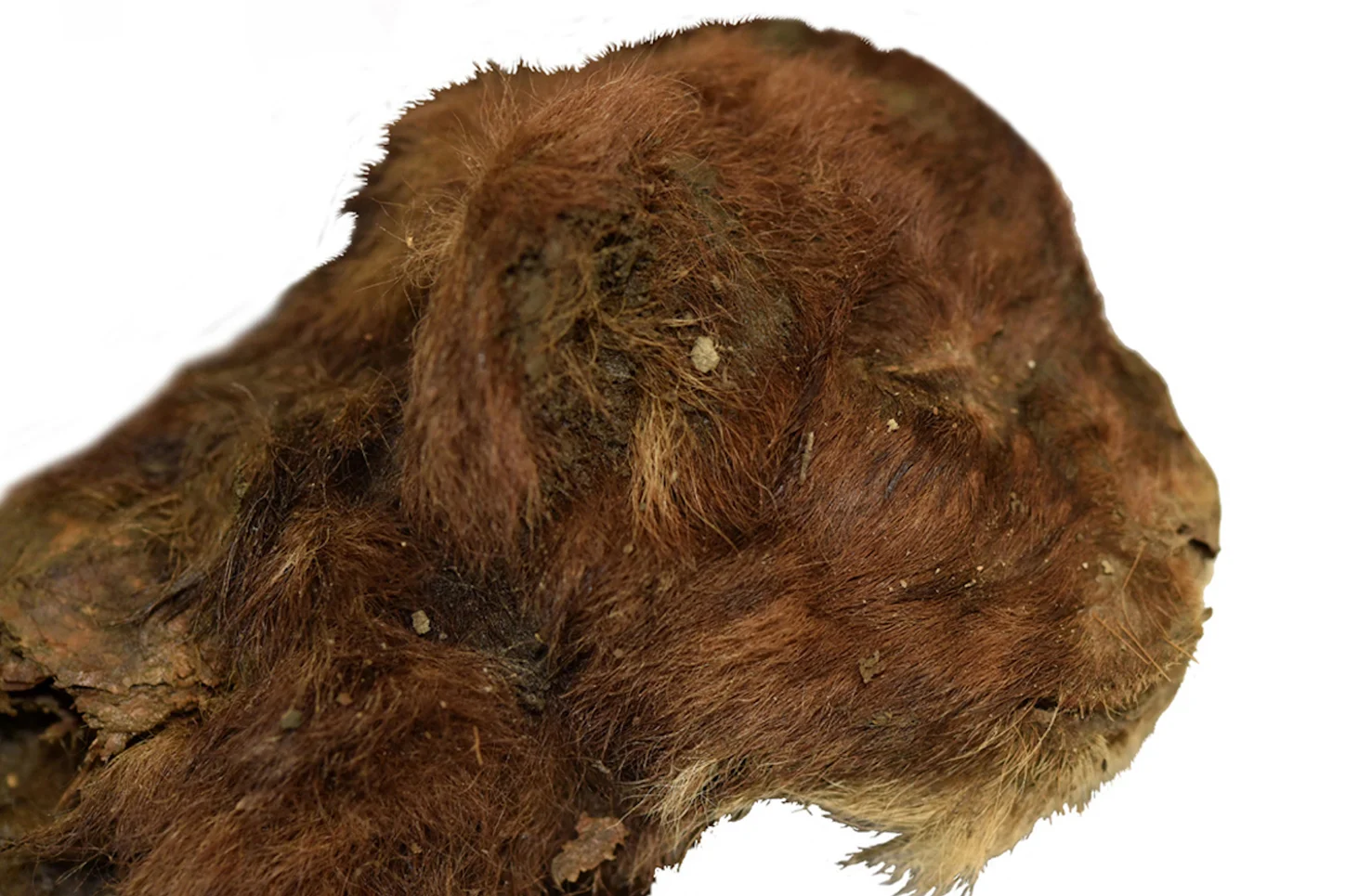In 2020, the mummified carcass of a sabre-toothed cat was discovered frozen in the Abyisky ulus of the Republic of Sakha, Russia.
A new study, published in the journal scientific reports, reveals that the cat was a juvenile of the Homotherium latidens, an extinct genus belonging to the subfamily Machairodontinae.
Sabre-toothed cats inhabited North America, Eurasia, and Africa during the Pliocene and Pleistocene epochs from around 4 million to 12,000 years ago.
The example found in the Abyisky ulus dates from 31,808 ± 367 years BP which was preserved in permafrost – soil or underwater sediment that continuously remains below 0 °C.
This constant freezing environment enables the preservation of organic remains for tens of thousands of years. Some scientists even suggest that this preservation process could be theoretically indefinite.
Researchers recovered the head and the anterior part of the body up to the caudal edge of the chest, along with incomplete pelvic bones articulated with the femur and shin bones. The body is covered with short, thick, soft, dark brown fur with hair about 20–30 mm long.
An analysis focusing on the cranial and dental features suggest that the cat was around 3 weeks old when compared with lion cubs of a similar age. Additionally, new insights into the juvenile developmental stages of the skull and limbs have shed light on the early postnatal ontogenesis.
According to the study authors: “The study of the mummy of the Homotherium latidens cub made it possible for the first time to observe its fur, the shape of its muzzle, the shape and position of the auricle, the morphology of the mouth opening and nasal planum.”
For the first time in paleontological history, the external appearance of an extinct mammal, unparalleled in today’s fauna, has been directly examined.
Header Image Credit : Scientific Reports
Sources : Scientific Reports – https://doi.org/10.1038/s41598-024-79546-1





